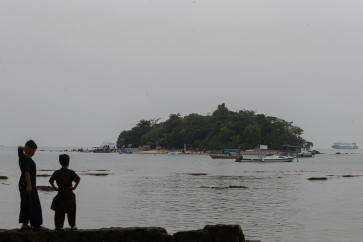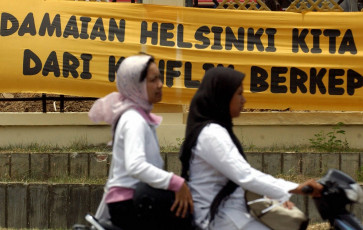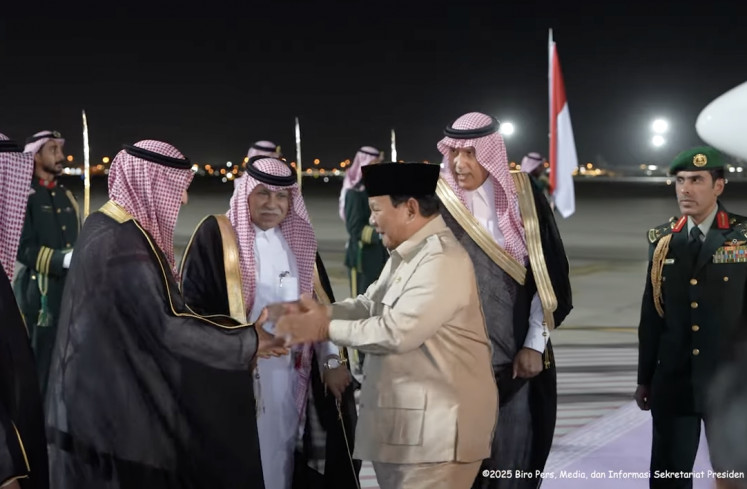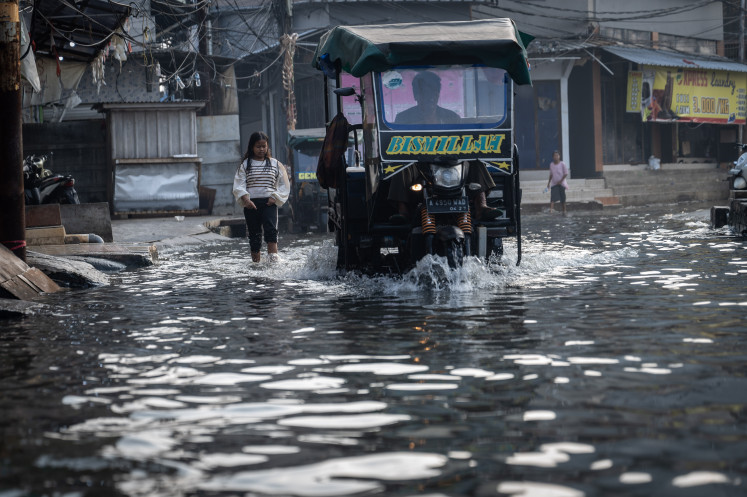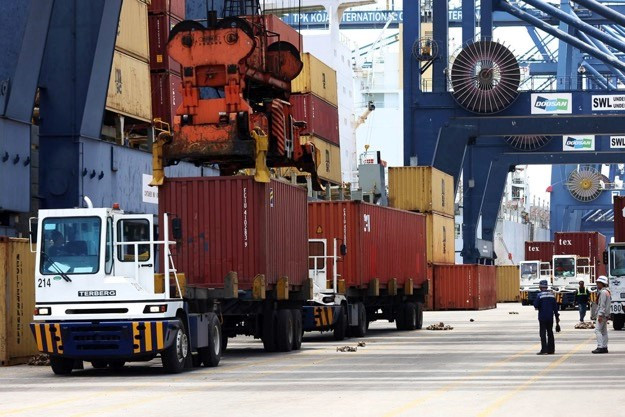Popular Reads
Top Results
Can't find what you're looking for?
View all search resultsPopular Reads
Top Results
Can't find what you're looking for?
View all search results‘If not now, when?’: The survival and revival of the elusive Lampung language
As many people from other regions in Indonesia migrate to Lampung, the local language strives to survive in its homeland.
Change text size
Gift Premium Articles
to Anyone
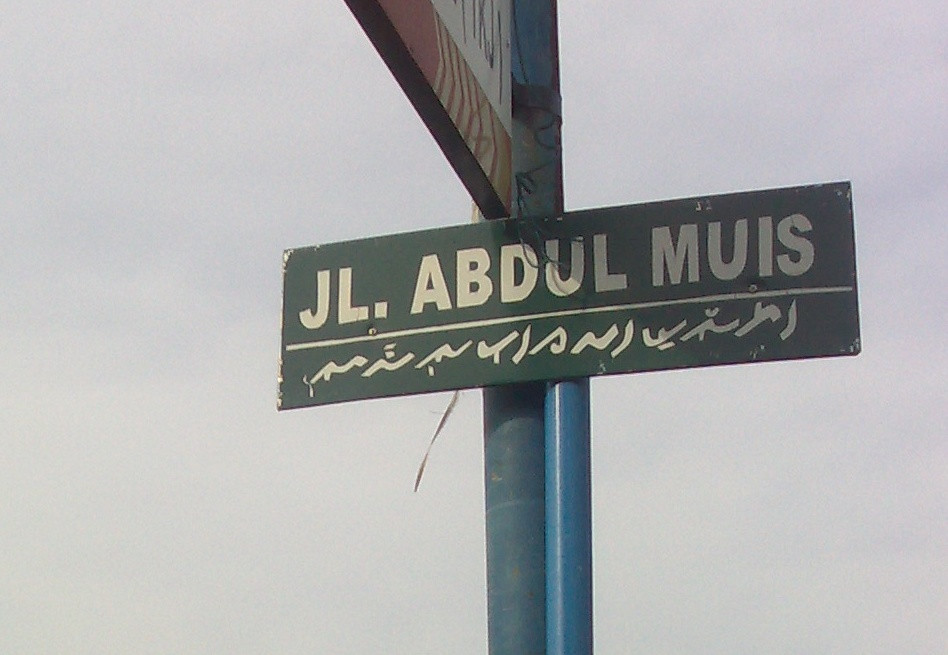
A
s many people from other regions in Indonesia migrate to Lampung, the local people strive to help the local language to survive in its homeland.
Lampung is known for its coffee, beaches and heavy Siger crowns, but almost nobody outside Lampung has ever heard of the Lampung language.
"Those who still often use the Lampung language are generally people who live in villages. It also depends on the environment," said Syapril Yamin, a local Lampung traditional-arts expert and musician who prefers to be called Mamak Lil (Uncle Lil in Lampung language).
Lampung was indeed a popular transmigration destination, which explains why Lampung people are a minority in their own land. As time goes by, the use of Lampung language is becoming increasingly limited.
"[There's less] indigenous Lampung people than the Javanese and Bantenese [in Lampung]," said Bagus S. Pribadi, an artist and musician who lives in Bandar Lampung. "Lampung people are practically 'marginalized'. They feel awkward when communicating in their local language in their own land."
Rilda Taneko, a Lampung author who now lives in the United Kingdom, shares the same view as Bagus. According to her, other tribes flocked to the region even before the New Order era because Lampung was the target of Javanese settlement, first initiated by the Dutch in 1905.
"According to the latest data from the statistics bureau, [indigenous] Lampung people only comprise 12 percent of the total population of Lampung," Rilda explained.
"In contrast to other areas in Indonesia, which still use their local language, the people of Lampung instead use Indonesian, Jakarta's slang or Javanese."

Exclusive use
Lampung people usually only use their mother tongue in their communities or family units. Mamak Lil said he constantly tries to instil Lampung language culture at home.
"My family and I use the Lampung language in our daily interaction," he stated. "Even though they use the national language at school, I emphasize at home that they should use their mother tongue."
It is the same for Fety Octavia Niza, a 25-year-old dorm supervisor of an Islamic boarding school in Tangerang, whose family still speaks mostly Lampung language at home despite having been living away from Lampung for years.
"Since birth, I was accustomed to speak in the Lampung [language] with my parents. My parents insist that mother tongues can only be obtained from within the homes, while we can learn other languages outside," said Fety.
"Besides, my parents want [me to understand] what my extended family members are talking about."
Bagus, however, sees a problem in how Syapril and Fety -- and indeed, most Lampung people -- approach and treat the Lampung language. Due to the way the language is imparted, he believes that the younger generation would only feel comfortable speaking in Lampung language within the comfort of their homes.
"There is also our traditional philosophy of life. First is nemui nyimah, which means to like to receive and give, whether in happiness or sadness. Then, nengah nyappur, which means getting along and solving a problem together. Also, sakai sambayan, which means helping and working together in kinship," Bagus explained.
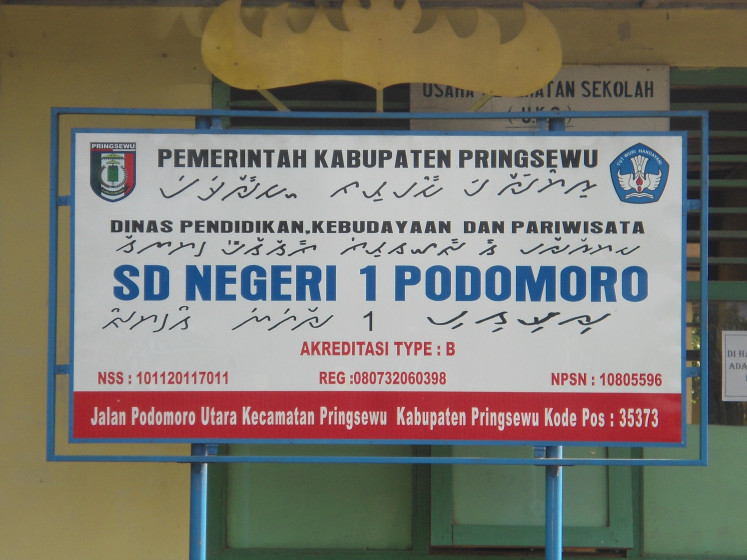
According to Anshori Djausal, an expert Lampung cultural practitioner whom Bagus refers to as the "walking-talking encyclopedia of everything Lampung", the word nemui itself means "to visit" while nyimah means "generous".
"Nemui-nyimah can be interpreted as an attitude of generosity, open-handedness and the affinity to exchange pleasantries and gifts. It is an expression of the principle of kinship to create intimacy, harmony and friendship," said Anshori.
"The concrete form of nemui nyimah in the context of today's society is more accurately translated as an attitude of social concern and a sense of loyalty or an ability to adapt to other communities."
According to Bagus, this philosophy of openness caused Lampung people to tend to yield to the majority, which, as a result, suppressed their unique identity.
"I think it contributed to the fiasco. Upon seeing outsiders, [the Lampung people] assume that the Indonesian language is [the right] means of communication with them," he said.
Bagus, however, is not keen to blame the problem entirely on the philosophy, acknowledging that the Lampung language is not a united language and unifying their language under one dialect over the other may prove contentious.
"Lampung has two different dialects, api and nyo; that may also be a contributing factor," he said.
'If not us, who else?'
Mamak Lil concedes that preserving a traditional language is difficult and constrained, especially in an open and unlimited environment.
"[This is] because the mother tongue itself is not a necessity. However, it is our obligation to preserve it," he said, adding the famous saying among the Lampung traditions preservers: Mak gham sapa lagi, mak ganta kapan lagi, which means: "If not us, who else; if not now, when?"
"The use of the Lampung language in music is still quite substantial, especially in terms of traditional music. However, there is very little use of the Lampung language in modern music. Among other things, [local] musicians are usually not from Lampung and do not understand the language," said Mamak Lil.
It is a shame because "there are a lot of local-music enthusiasts that enjoy music in Lampung [language]".
Mamak Lil said that the government has a vital role in helping preserve the local language. If necessary, the habit of using the Lampung language should be mandated through regulations.
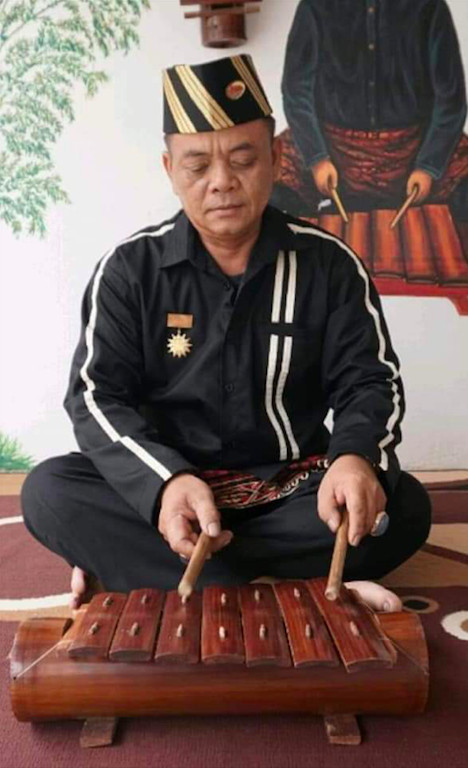
Anshori explained that the fact that the Lampung language actually derives from the ancient Melanesian language is another factor in its unpopularity. Its ancestry caused the language -- both the api and nyo dialects -- to have very limited vocabularies.
However, according to Anshori, youths have been more interested in the language in recent times.
"I've seen apps. I've seen Lampung [people] that went abroad insisting on giving Lampung language courses to help the preservation," said Anshori, referring to Rilda, who initiated an online course called Kelas Bahasa Lampung (Lampung Language Class) or KBL, for only Rp100,000 (US$6.66) per person for 10 meetings.
As of now, the course is taking its second batch and will start its classes next August.
“The age of the participants is between seven to 70 years old. Most are between the ages of 35 and 40,” Rilda said.
The modern-day social-media posts that feature Lampung slang, such as geh, by many local-content creators imply that the Lampung youths are trying to reconnect and find that sense of pride in using the local language in their own ways.
There are also several mobile apps that help people understand and learn Lampung language, such as Kamus Bahasa Lampung by EllStudiosApp and Kamus Lampung-Indonesia by Lampung Provincial Language Office.
These apps have been a staple resource for students in Lampung province who receive mandatory Lampung-language lessons at school.
Fety, a second-generation Lampung emigre, says that she is proud of her heritage and has every intention to help preserve it -- despite never having the chance to live in Bandar Lampung, where her parents came from.
"It makes you feel like you have an identity," she said. "I'm going to try to take part in preserving [Lampung] regional language so that wherever I go, I know where I come from, I have a sense of identity."
ohmg

